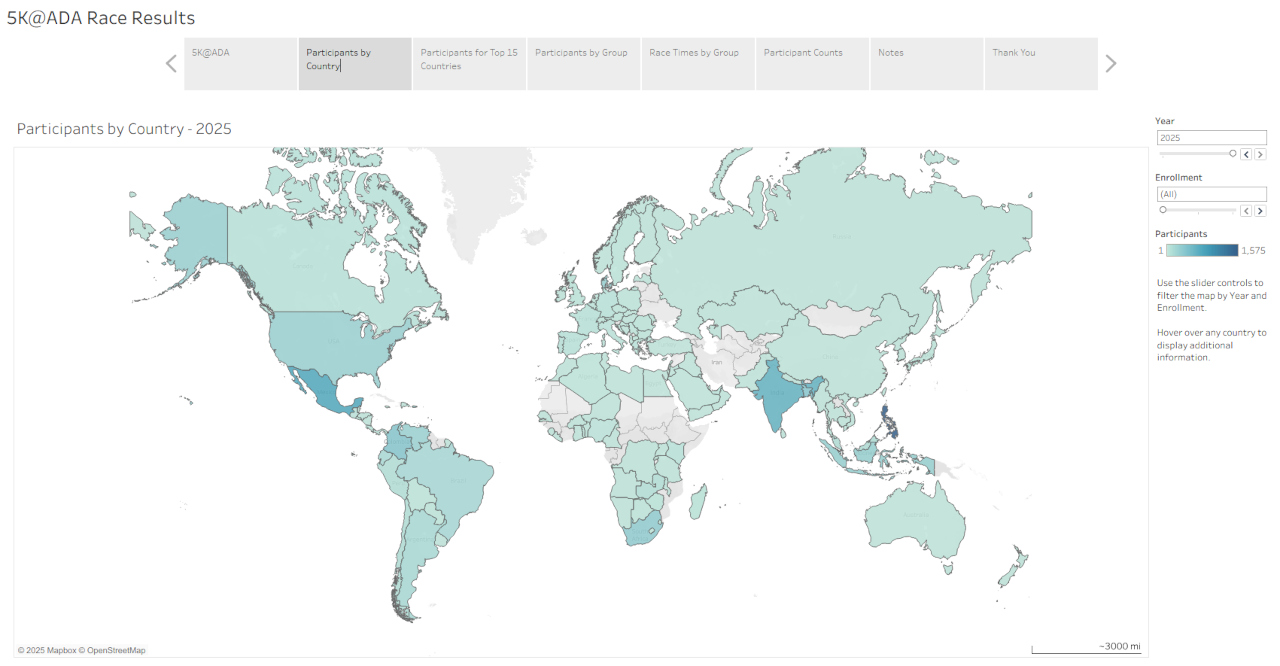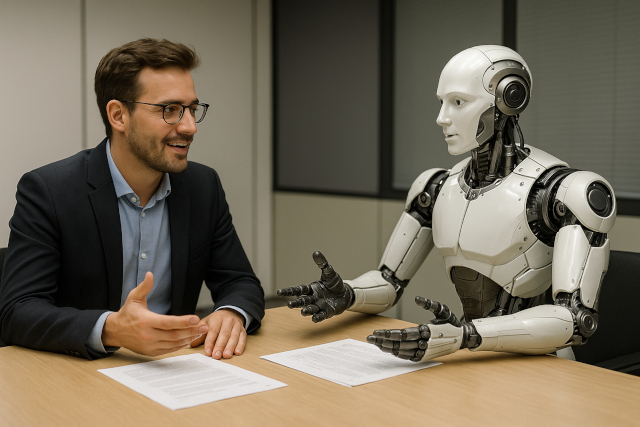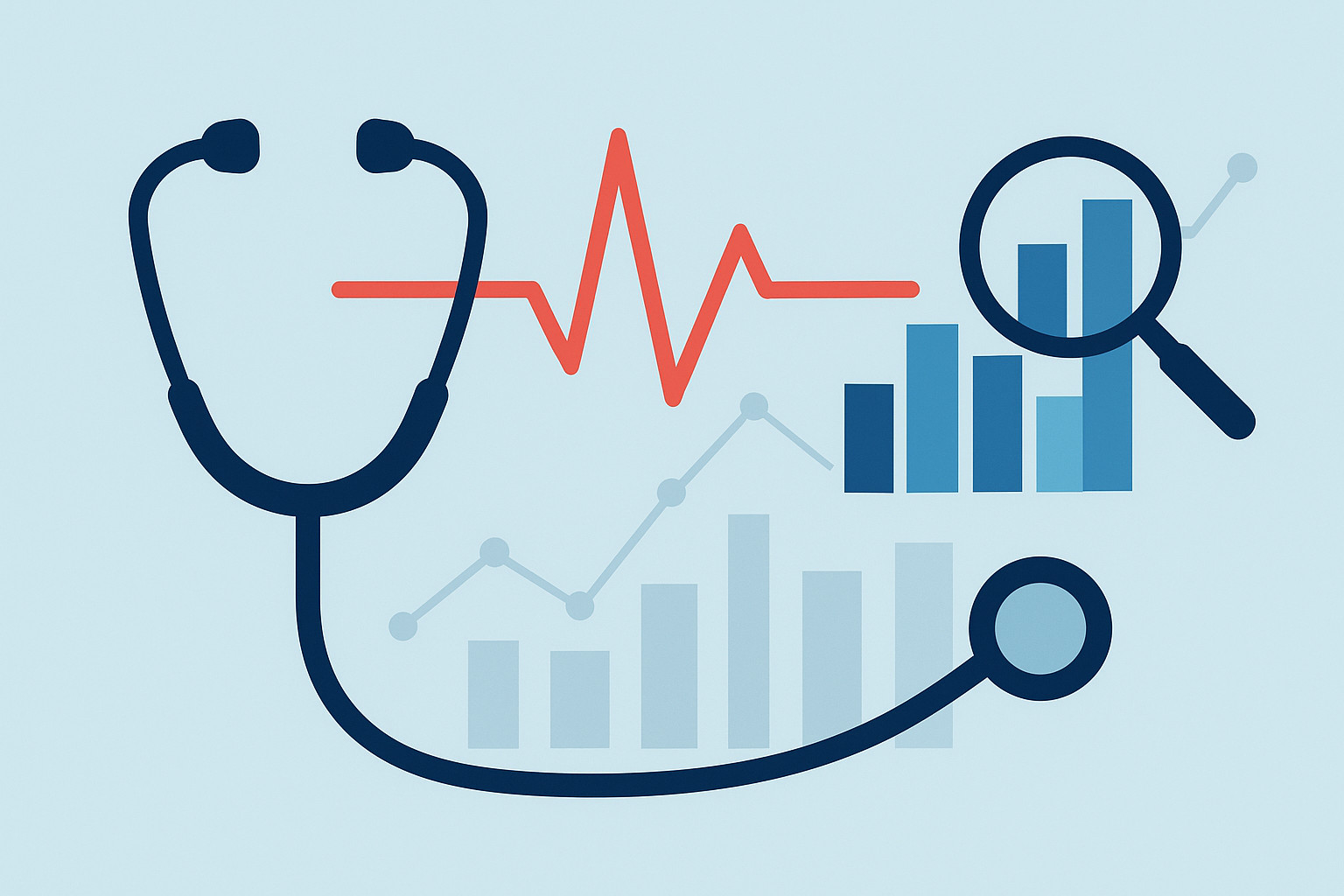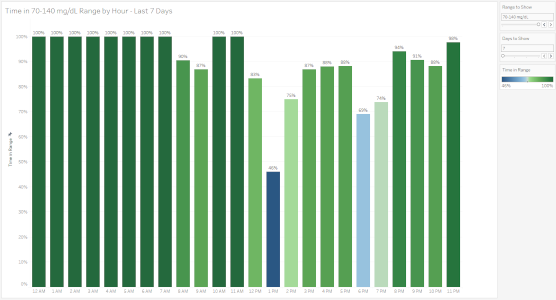

A project’s real value comes from how well it adapts as the data changes.
Abstract
The 5K@ADA race results project has been updated for 2025 with improvements to data storage, cleaning, and visualization. Key enhancements include the use of SQLite for managing multi-year data, SQL-based deduplication, handling of multilingual gender values, and updated Tableau dashboards with year-based logic. These changes improve scalability, accuracy, and long-term usability.
Key Points
Read more: Adapting the 5K@ADA Race Results Project for 2025

A deeper look at what surfaced when I asked ChatGPT to assess strengths, weaknesses, and why the results stood out.
A casual question—What’s my hidden superpower?—led to one of the more insightful AI interactions I’ve had. What started as a moment of curiosity turned into a deeper conversation about how we ask questions, how AI responds, and what makes some exchanges far more productive than others.
Read more: What's Your Hidden Superpower? Ask AI the Right Way.

Abstract
This post explores how taking medical and healthcare-focused courses strengthened my data analysis and visualization skills. By engaging with real-world clinical content, I improved how I interpret, structure, and present complex health data — especially in tools like Tableau and Python.
Key Points
Read more: Why I Took Medical Courses to Strengthen My Data Skills

A new way to view CGM data that focuses on patterns, not perfection.
This post explores how visualizing continuous glucose monitor (CGM) data by hour—rather than by day—reveals deeper insights into when glucose levels shift. By replacing traditional Time in Range charts with dynamic, time-specific visualizations, this approach emphasizes understanding over judgment. It highlights patterns like post-meal spikes and overnight stability, making glucose data more actionable and emotionally neutral.
Key Points
Read more: How an Hour-by-Hour View Transforms Time in Range Insights
Page 2 of 8